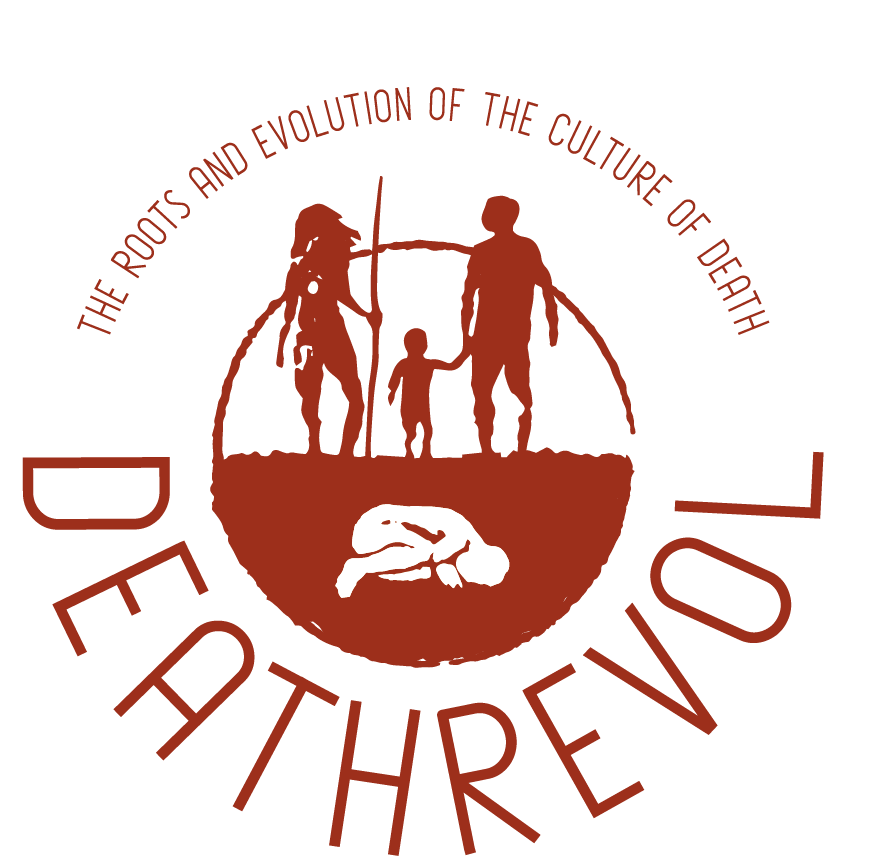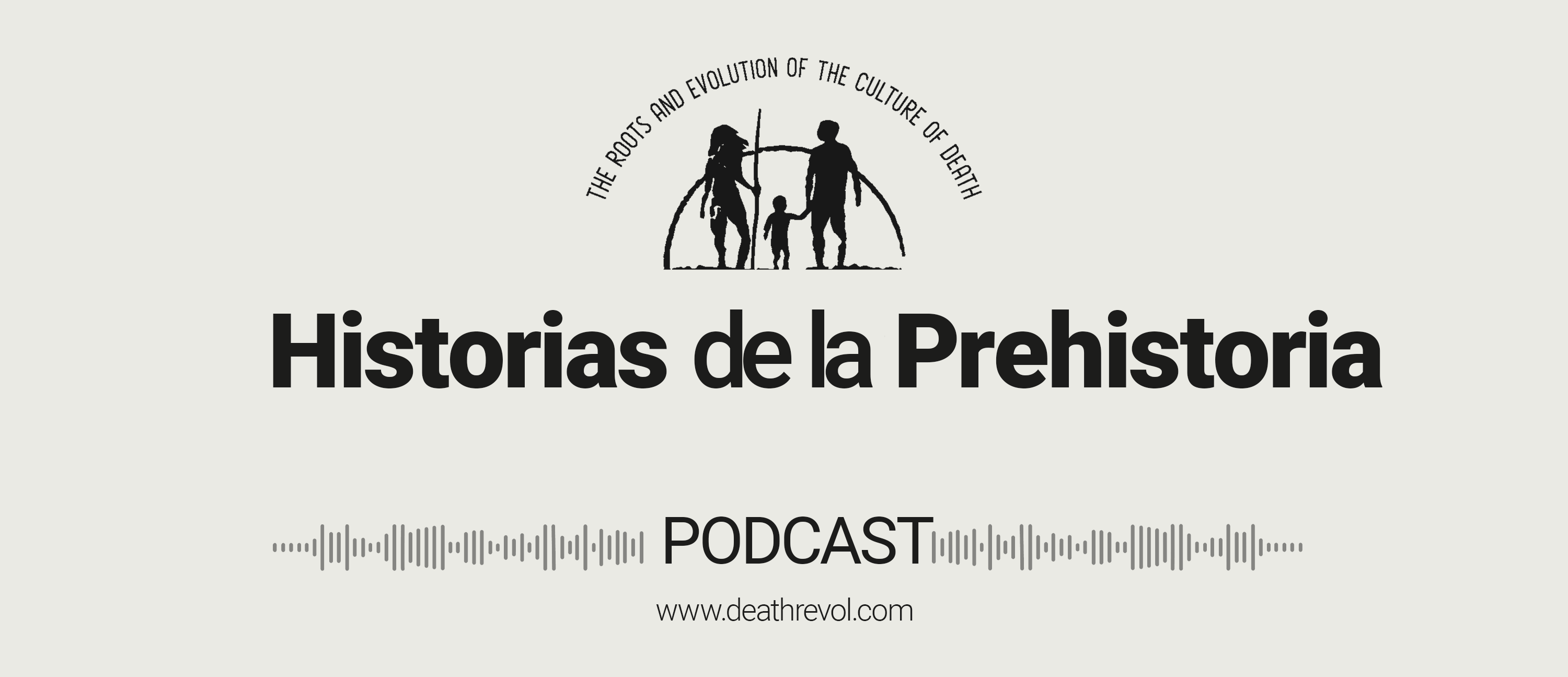
Prehistory is a relatively new discipline, having emerged only 150 years ago. In the following eight episodes of this podcast in Spanish, we will take you on an exciting trip with our protagonists in search of knowledge about the past and the origins of humanity. This curious journey will take you further and further back in time.
The history of human palaeontology is linked to the historical context in which it took place, the prejudices that existed, the people involved and the sociological and ideological circumstances of the time. To understand how we have reached the current state of this science, it is essential to consider these scenarios. The path has been arduous and at times surprising, and it has been possible thanks to people full of passion and curiosity who were able to ask themselves questions and dare to consider answers that were far from the established ones. Join us on this fascinating journey.
Script and voice-over: Milagros Algaba and Nohemi Sala
Editing: Gabriela Villecco
Sound Studio: Best Digital
Production: Madrid Scientific Films for Deathrevol
Original music: Eduardo Sala
Chapter 1: We start in the 19th century, when the first questions about the origin of humanity that do not fit into the dominant paradigm of the time are emerging. We begin to sort and correlate, and explore the first hypotheses of findings that perplexed and revolutionised prevailing beliefs.
Chapter 2: Throughout the central decades of the 19th century, important discoveries continued to be made. However, for the advancement of prehistory, the knowledge provided by two new sciences, geology and biology, is fundamental, especially the concepts of deep time and evolution. On the Origin of Species by Darwin is a milestone in the history of Natural Sciences in general and prehistory in particular.
Chapter 3: At last, in the second half of the 19th century, the foundations of prehistory were established when it was recognised that humans had coexisted with extinct animals, that lithic artefacts had been produced by humans and it was established that the relationship between lithic industry, human bones and fossil fauna evidenced a long timeline. Prehistory was born as a science!
Chapter 4: In this way, we reach the named "Golden Age of prehistory". Marcellin Boule made the first great physical anthropological study of a fossil human skeleton (known as the old man from La Chapelle). Neanderthals were thus the first species, other than our own, to be studied; the image created by Boule of a biped not fully erect took a long time to be replaced.
Chapter 5: We started looking for the ancestor of humans, that is, fossils of transitional forms between great apes and humans. However, where would the “missing link” be? We have already seen that Darwin suggested that it must be in Africa; but the search began in Asia, in Java and in The dragon bone cave in China. Then, when it seems accepted that the origin of humanity is in Asia, the Taung Child appears in South Africa.
Chapter 6: We go to the Middle East to learn about a very surprising encounter: the Neanderthals and Homo sapiens. Dorothy Garrod, archaeologist (the first woman to obtain a professorship at Cambridge University), and Dorothea Bate, zooarchaeologist, will take us to the caves of Mount Carmel… and many other sites.
Chapter 7: It is time to try to put some order among so many names, so many places and so much time. Who are we talking about when we talk about our lineage? We will also take a look at the time scales… Mainly, we will try to put ourselves in the shoes of a palaeontologist by taking a look at their working methodology: how taxa are defined or created; what features are taken into account to classify…
Chapter 8: In the last chapter of this season we will reach the frontier of knowledge. We are no longer talking about stories from prehistory because we will be looking at the research that is underway, at one of its frontiers: funerary behaviour. How can we find out when the rites associated with death begin? How can we interpret the evidence? It is precisely to this exciting topic that the DEATHREVOL project dedicates its efforts.

